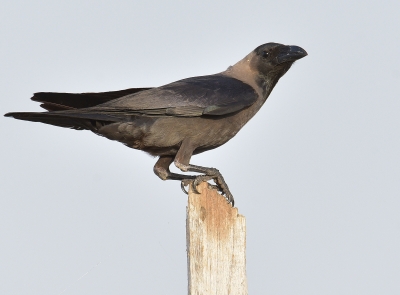
Onionweed (Asphodelus tenuifolius) is an erect annual, monocotyledonous herb of the Liliaceae species. It is found in several areas of the Kingdom of Saudi Arabia. It is a desert plant that grows in spring. It is a non-toxic plant. It is edible but has an unpleasant taste.
Characteristics of onionweed
Onionweed is known to grow at the slightest fall of dew. It turns green once clouds pass over it. Hence, many proverbs were formed, translating as "being more thankful than onionweed," a proverb used for expressing contentment, and "just like onionweed, it grows at the sound of thunder," a popular proverb describing those who are content with little or with a nice landscape. Onionweed bears an up to thirty cm pink stem. The stem splits into several branches as of its upper base. It features elongated basal smooth leaves that are around half the length of the stem, with a width between one and two mm. Onionweed bears white and purple-striped flowers. It produces ribbed seeds that turn into spherical fruits. Onionweed grows in meadows, valleys, clay and saline soils, and suitable mountainous areas. People are often concerned about drought whenever they spot widespread onionweed since this herb becomes abundant during dry seasons and tends to decrease in wet seasons.
Uses of onionweed
Onionweed seed decoction is used as a diuretic and for the treatment of bedsores and inflammation. The seed paste is used as an ointment. Some add vinegar to the seeds, heat the mixture in a small pot, and inhale its steam to disinfect their mouth and relieve pain caused by tooth decay. Onionweed has an unpleasant taste. However, people ate it in the past where they used to collect its leaves, cut them, and cook them using water, salt, and spices, similar to modern-day Mulukhiyah. Livestock often find digesting onionweed challenging, unless mixed with other grass and herbs. Sheep or camels are often described as "onion-weeded" whenever in pain due to consuming onionweed.
Related quizzes
Related articles


